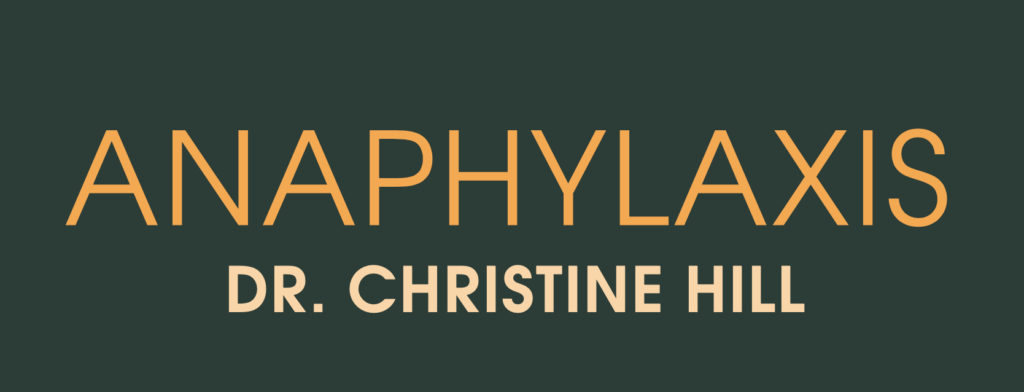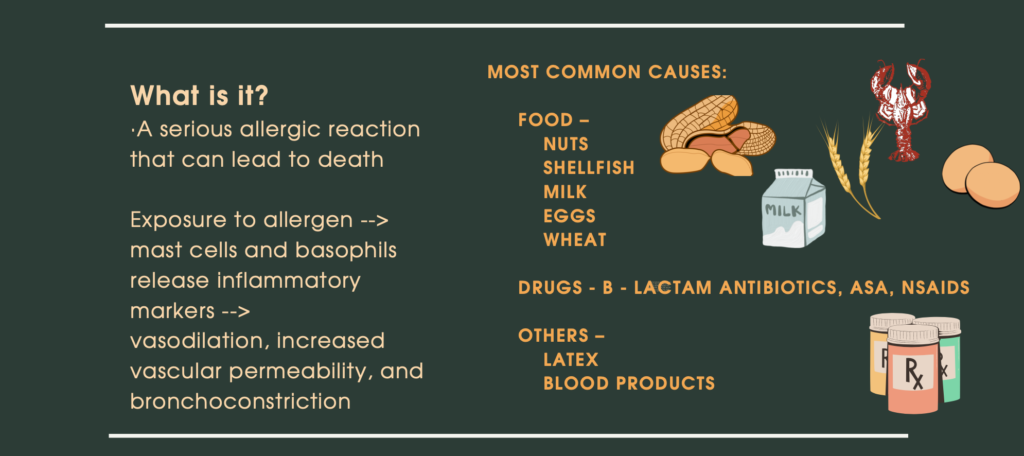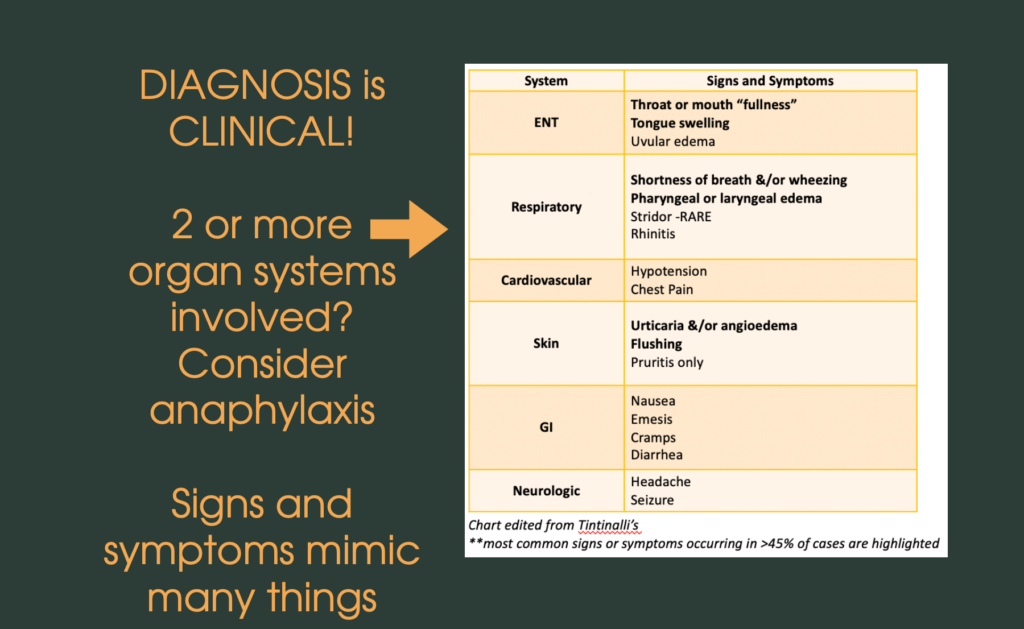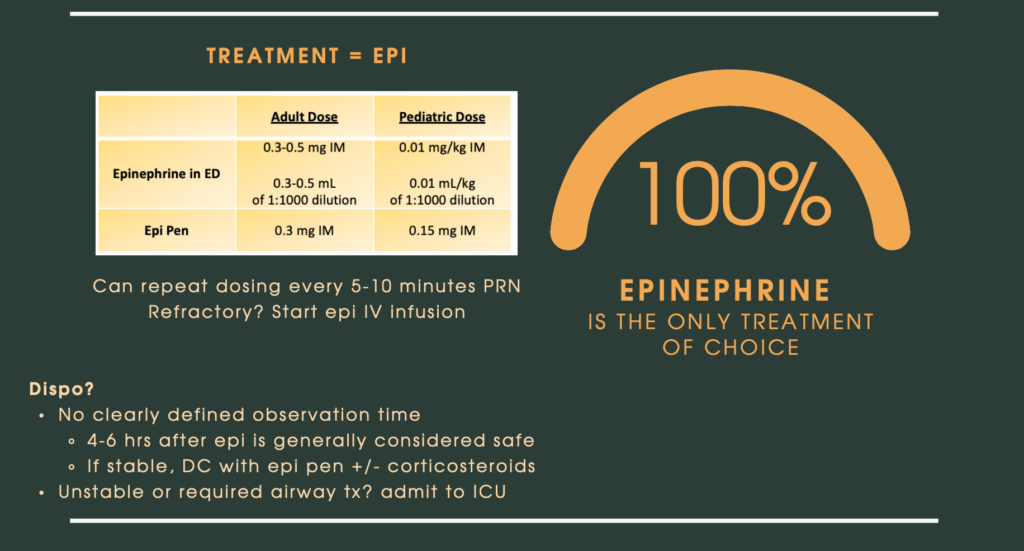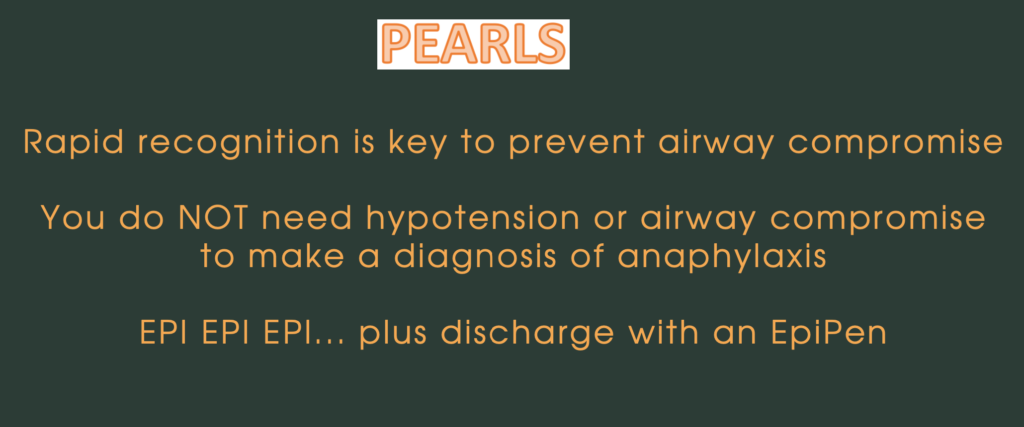A 19 year old male with no past medical history is brought in by EMS due to a report from his college roommate for strange activity. Over the last week, the patient has skipped all of his classes and barricaded himself in his room. He states that the FBI is tracking him and plan to kidnap him. Vitals are within normal limits. Exam shows a disheveled appearing male. He eventually attempts to run out of the emergency department but is tackled by security. Verbal de-escalation is not successful. Which of the following intramuscular medications is contraindicated for the management of this patient?
A: haloperidol
B: ketamine
C: lorazepam
D: olanzapine
Answer: ketamine
This patient presenting with disorganized behavior and paranoid delusions is concerning for an acute psychotic episode. Ketamine is an agent commonly used for sedation that is absolutely contraindicated in patients with known or suspected schizophrenia even if it is currently well controlled due to the risk of emergence reactions and worsening psychosis. Haloperidol, olanzapine, lorazepam are agents commonly used for the management of acute psychosis and agitation.
| Ketamine for Procedural Sedation or Agitation | |
| Contraindications | Allergy to drug Age < 3 months old Known or suspected schizophrenia |
| Dosing | 1-2 mg/kg IV 4-6 mg/kg IM |
| Adverse effects | Laryngospasm or apnea associated with rapid push Nausea & vomiting Emergence reaction |
References:
Ali S, & Poonai N (2020). Pain management and procedural sedation for infants and children. Tintinalli J.E., & Ma O, & Yealy D.M., & Meckler G.D., & Stapczynski J, & Cline D.M., & Thomas S.H.(Eds.), Tintinalli’s Emergency Medicine: A Comprehensive Study Guide, 9e. McGraw Hill.
Myers J.G., & Kelly J (2020). Procedural sedation and analgesia in adults. Tintinalli J.E., & Ma O, & Yealy D.M., & Meckler G.D., & Stapczynski J, & Cline D.M., & Thomas S.H.(Eds.), Tintinalli’s Emergency Medicine: A Comprehensive Study Guide, 9e. McGraw Hill.
Wilson M (2020). Acute agitation. Tintinalli J.E., & Ma O, & Yealy D.M., & Meckler G.D., & Stapczynski J, & Cline D.M., & Thomas S.H.(Eds.), Tintinalli’s Emergency Medicine: A Comprehensive Study Guide, 9e. McGraw Hill.















